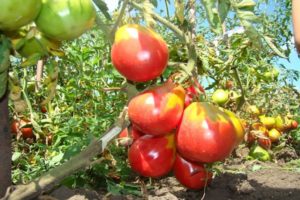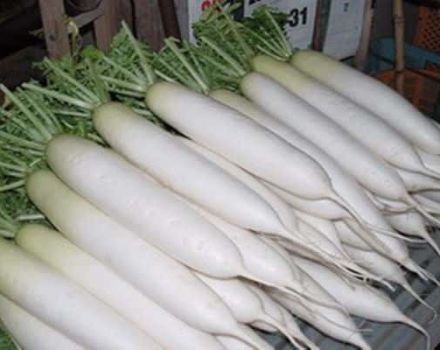Description of the tomato variety Ladybug and its characteristics
Small-fruited tomatoes are loved by summer residents. Tomato Ladybug pleases with an abundance of strong bright fruits. You can enjoy them already in July. And when you get bored - add salt and diversify the winter menu.
What attracts gardeners
Breeders have worked to create an early maturing variety for open field. Practice has shown that plants bear fruit well in unheated greenhouses. When it gets cold, it is recommended to cover the planting with a film, non-woven material.

Description of Ladybug:
- early ripening variety (from hatching to the first harvest 80 days);
- determinant bush (grows <50 cm);
- leaves are small, light green;
- 2-3 brushes per stem;
- tomato is resistant to TMV, rot, "runs away" from phytophthora;
- yield up to 9 kg / m².
Children love to feast on Ladybug tomatoes. They are attracted by the shape and sweetish taste of the berries.
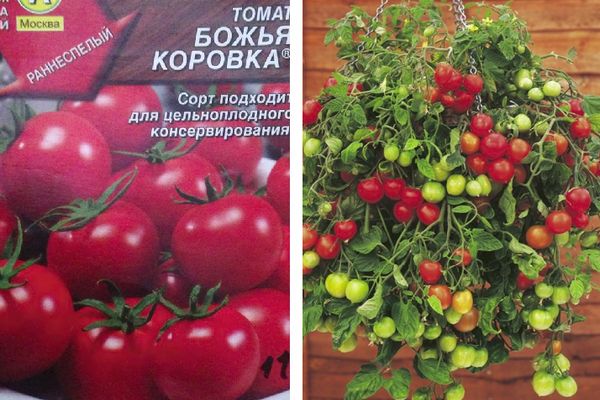
What berries look like
The bushes are quite decorative. Low-growing plants are strewn with small dense fruits. On one brush, berries of green, light brown and red colors hang.
Tomato characteristic:
- weight 20 g;
- dense skin;
- sweet and sour taste;
- juicy pulp;
- ball shape;
- smooth to the touch.
Ladybug decorates salads. Tomatoes do not crack during heat treatment, the pulp retains its consistency. Assorted vegetables will diversify the winter menu.
Unripe fruits ripen easily in a dark pantry. The dense skin ensures delivery to the place of storage or sale.
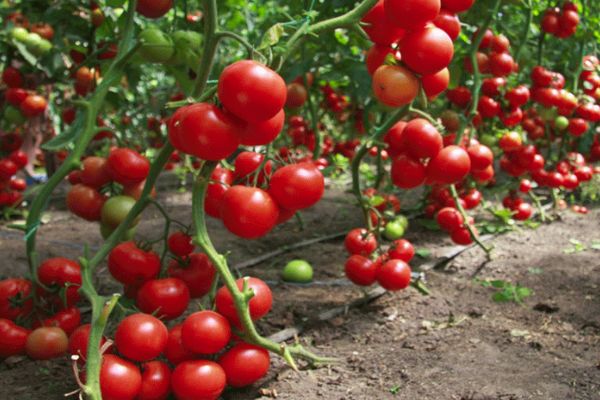
The advantages of the variety were appreciated by gardeners: Ladybug is included in the State Register of Vegetable Crops of the Russian Federation. Recommended for growing in summer cottages and private household plots.
Agricultural technicians advice
The gardener who raised the ladybug knows that the harvest depends on competent agricultural technology. It is common for tomatoes:
- to deal with seedlings in the third decade of March;
- plants must be cut down to the cotyledons;
- air seedlings, feed, harden;
- maintain a temperature of 18 ⁰С;
- follow the watering schedule;
- place in a permanent place after late spring frosts;
- pre-fill the ridges with mineral complexes;
- placement scheme: 50 cm x 70 cm;
- it is required to feed with nitrogen (once);
- mulch the soil with straw, rotten sawdust, non-woven material;
- provide drip irrigation to optimize water consumption.
The unpretentious compact plant fell in love with people. The gardener planted the ladybug this year and will plant it next year.
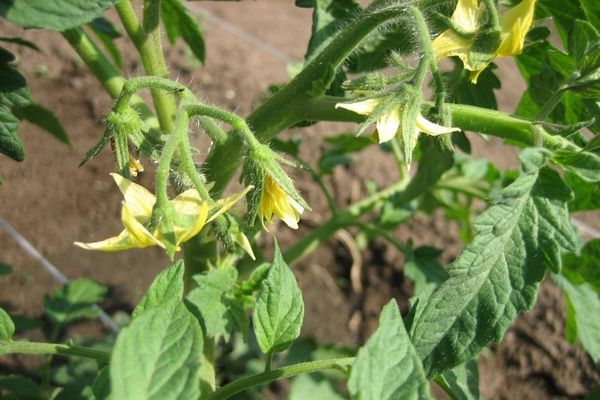
Ways to protect against diseases and pests
The tomato is resistant to some diseases. Early ripening eliminates late blight. But the bushes overloaded with fruits fall to the ground.Tomatoes begin to rot in cool, humid weather. Mulching the beds will reduce crop losses.
The pests appreciated the ladybug. Garden snails are capable of destroying berries overnight. To prevent aggression on the ground, sprinkle crushed eggshells.
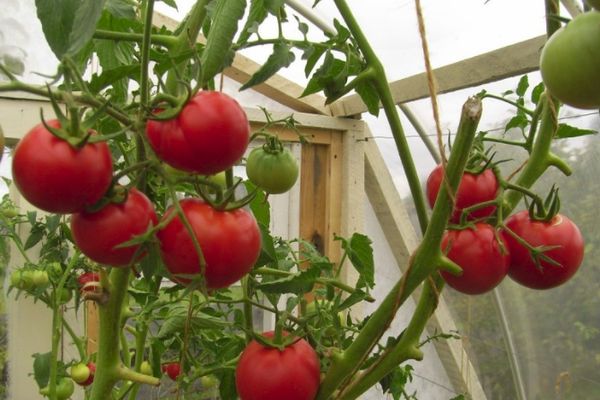
A summer resident planted a ladybug near an abandoned plot of neighbors. The plants were eaten by aphids. The flowers fell off, the fruits did not set. Timely destruction of anthills, treatment of plants with factory insecticides or folk remedies will save you from aphids.
The opinion of gardeners
Gardeners give good reviews about the ladybug. They like productivity, early maturity, transportability. People appreciated the universal purpose of the fruit, the ease of growing the crop. Harvested unripe fruits are ripened in the dark. Cooked canned food decorates any dish.
